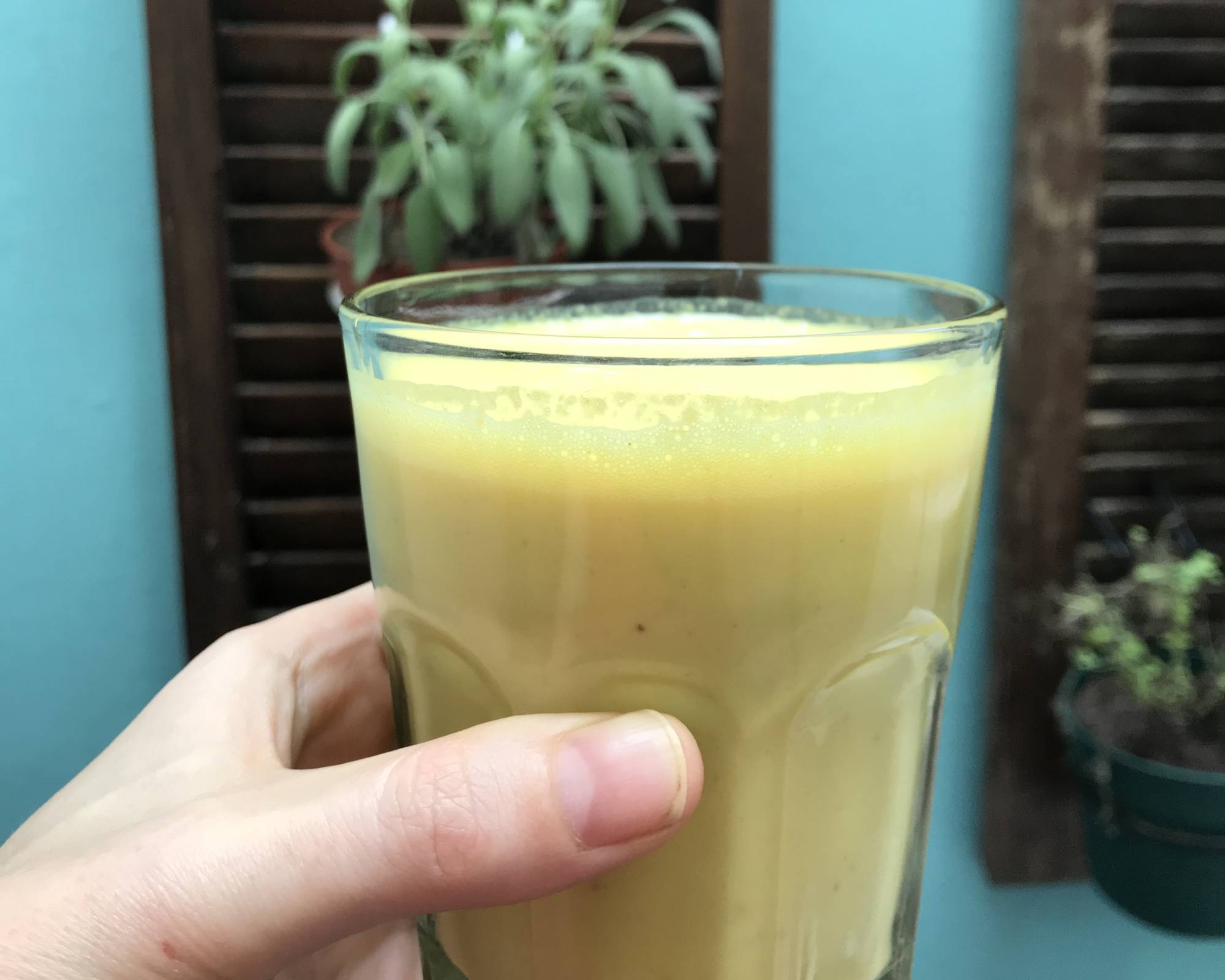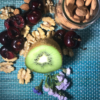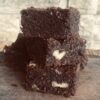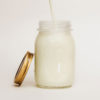 Reading Time: 4 minutes
Reading Time: 4 minutesBy Sarah
I think this turmeric lassi has become one of my favourite drinks of all time. I’ve enjoyed a glass or two nearly every day for the last 8 weeks during quarantine here in Argentina, and surprisingly my husband has even requested it on a daily basis.
The current COVID-19 pandemic prompted us here at Weight In Mind to focus on foods for immune health a little earlier in the year than normal. Often we associate immune health and supportive foods with our Winter Wellness strategies, but just as we mentioned in last week’s blog on Supporting Immune Health with Food and Nutrition, there is nothing like a pandemic of a contagious virus to get us talking about immune health.
If you have read our blog, or perhaps even attended our recent webinar on immune foods, you would have learned that there are many things we CAN do to help support our overall immune health, with food and nutrition being a cornerstone approach.
With this in mind, I took to the kitchen with the idea of creating an easy to make drink, full of ingredients known to have antimicrobial, antioxidant and immune-supporting properties. Popping into my head was an Indian Lassi as it contains yoghurt, lemon juice, ginger, turmeric, and other spices, which are known ingredients that can be helpful towards immune health. You can check the nutritional benefits below.
Depending on where you may be in India, an authentic lassi can vary, some use yoghurt as their base, whereas others prefer to use buttermilk and milk. The fruit and spice mixture can also vary from town to town, some love bananas, others love mangos and in terms of spice it can alternate between turmeric, cardamon, cinnamon, and black pepper. As you can see there are many options to choose from. In a more modern take, I’ve seen recipes with rose water and pistachios!!
As I’m writing this recipe during the Coronavirus quarantine, it was all about using what I had at home and maximising the immune-supporting properties. So using what I had in my cupboard and refrigerator, I opted for a mixture of coconut yoghurt, almond milk, banana, turmeric, black pepper, lemon, ginger and honey. Some of you may be thinking I’m not sure about those spices in a drink, but trust me on this one, the balance of flavours works so well, and it really doesn’t taste like a curry! You could even say it’s a dessert disguised as a drink.
A quick note on the dairy/non-dairy front, you can choose full-fat natural yoghurt or a sugar-free non-dairy yoghurt such as coconut. Just give the label a glance, it should mention ‘live active cultures or bacteria’. The live cultures refer to different probiotic strains known to aid digestion and support overall gut health ¹.
The Nutritional Low Down
Turmeric
Turmeric is a golden gem originating from the Sub Indian continent with over 5000 years of history, being recognised as far back to the heyday of Ayurveda. Touted as the ‘ideal spice for life’ it’s been long studied particularly within thelast half-century. Curcumin which is the compound that makes turmeric yellow has been shown through research to exhibit antioxidant, anti-inflammatory, antiviral, antibacterial, and antifungal properties amongst others ².
Honey
Honey has been used since ancient times, with ancient populations using it both for nutritional aims and for its medicinal properties. Research indicates that honey can exert several health-beneficial effects including antioxidant, anti-inflammatory, antibacterial, antidiabetic, respiratory, gastrointestinal, cardiovascular, and nervous system protective effects ³.
Ginger
Coming from the same plant family as turmeric, it also has a long history of usage dating over 5000 years. From fresh to dried to pickled, powdered, preserved and crystalised ginger is magical when it comes to flavour. Shown through research ginger exhibits antioxidant, anti-inflammatory, antiviral, antibacterial, antinausea and antifungal properties amongst others ⁴.
Black Pepper
A staple in many a kitchen, pepper not only is an essential flavour maker but preliminary studies suggest that black pepper contains antioxidant components and possesses anti-inflammatory and antimicrobial properties ⁵. It’s been shown that when you combine turmeric with black pepper, the pepper has been shown in research to enhance the absorption of turmeric ⁶.
Ingredients
Serves 2 or 4
- 200ml yoghurt (coconut, full-fat natural, kefir)
- 200ml milk (almond, coconut, hazelnut…)
- Small ripe banana
- 2 tsp ground turmeric or fresh root grated
- 3 cm knob of fresh ginger, peeled & grated
- ½ lemon (juice only)
- ¼ tsp black pepper
- 1 tsp honey
Method:
- Add all your ingredients to a blender, and whizz until combined.
- Taste your lassi, if you think the turmeric or ginger is a little strong add more lemon juice. If your banana was a little on the green side, add ½ tsp more of honey.







